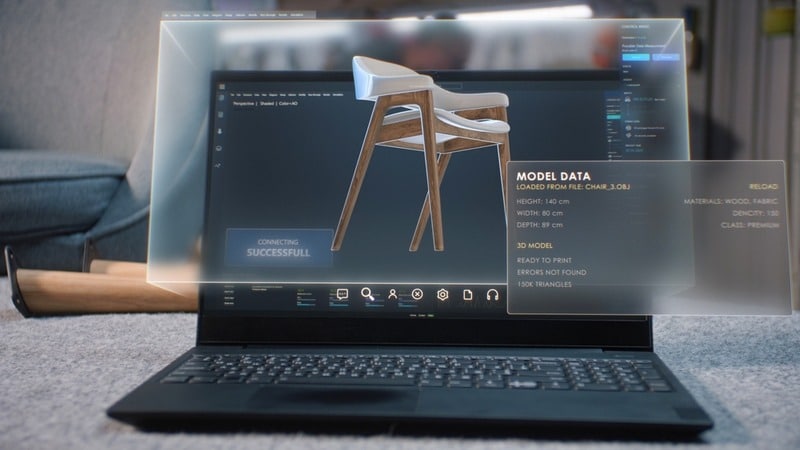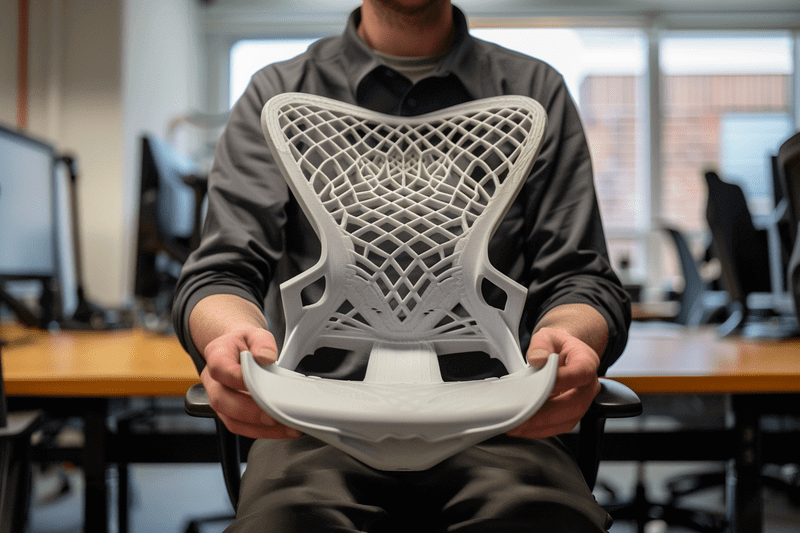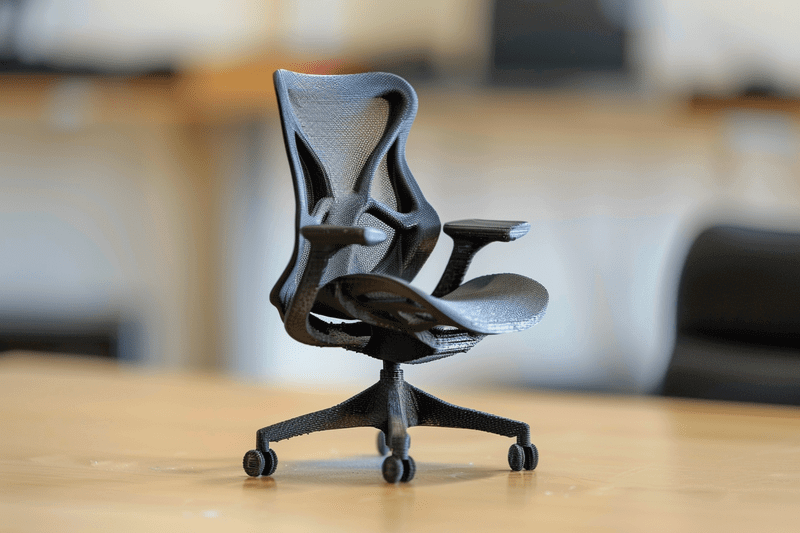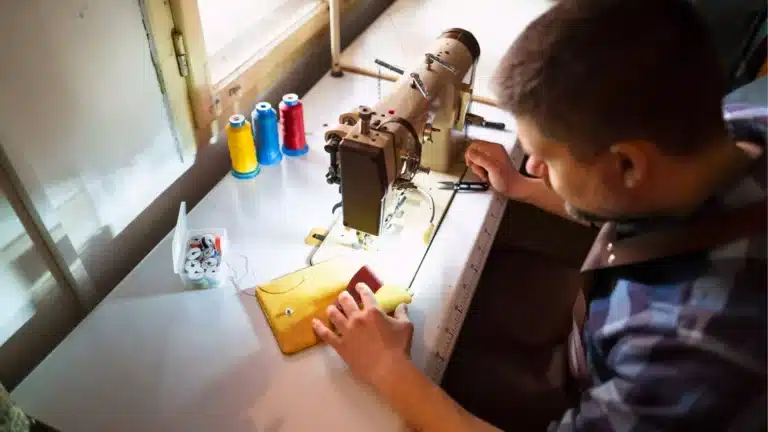Want to know how to make an invention? This guide covers each step, from idea to product launch. You’ll learn to document concepts, research the market, create prototypes, and protect your invention. Let’s turn your idea into reality.
Key Takeaways
- Conceptualize your invention by blending creativity with practicality and refine your idea to meet market needs.
- Document your invention process meticulously to protect your intellectual property and attract potential investors.
- Thorough market research and initial patent search are crucial steps to ensure your product’s desirability and uniqueness in the marketplace.
Navigating the Invention Process
Welcome to your definitive roadmap for turning a fleeting thought into a marketable product—a journey from the abstract to the concrete, where your idea blooms into an invention that captures the imagination of customers and companies alike. This guide is meticulously crafted to shepherd you through the labyrinth of product development, empowering you with the knowledge to overcome challenges and seize opportunities.
As we traverse this path, recall that transforming an idea into a tangible item is no mere walk in the park. It’s a voyage that demands hard work, unwavering commitment, and a sprinkle of ingenuity. With each step, from the initial concept to the final unveiling, you’ll learn the importance of diligence, the art of resilience, and the satisfaction that follows. So, let’s begin this odyssey, turning your vision into a reality that delights and inspires.
Conceptualize Your Invention Idea
Every groundbreaking invention begins as a seed—a product idea germinating in the fertile soil of imagination. But, what’s the process that allows this new invention idea to bloom into a successful product? The first step is to nurture your concept, refining and iterating as you gain a deeper understanding of the market and the needs of potential customers.

To forge a successful product, one must blend creativity with practicality. It’s about more than just having a great idea; it’s about shaping a concept that resonates, solves a real-world problem, and carries the potential for a successful product launch. The invention process is akin to a skilled patent professional sculpting a utility patent—meticulous, thoughtful, and precise. So, don your inventor’s hat, start sketching, and set the foundation for what could become the next big thing.
Document Your Invention Process
As you infuse life into your invention ideas, bear in mind the importance of each detail. Documenting your invention process is far more than a formality—it’s the fundamental safeguard for your creativity. Picture your inventor’s journal as a treasure chest, safeguarding the pearls of your creativity, consecutively numbered pages bearing witness to your journey from concept to prototype.
This journal, preferably a bound notebook with a witness’s signature, is your shield against the cutthroat world of business. It establishes the novelty of your product idea and can be the beacon that attracts investors and partners to your vision. In essence, documenting your invention is like etching your name into the annals of innovation, a dated proof of your commitment and originality.
Conduct Market Research
Entering the market without research is akin to navigating a ship blindfolded. Market research serves as your guiding wind, leading you to undiscovered territories where your invention has the potential to truly excel. It’s about understanding not just who your customers are but also the competitive landscape and the niches ripe for innovation.
Imagine uncovering a gap in the market, a space where your product idea can flourish like a rare bloom in a crowded garden. Market research is your spade, digging deep to reveal insights that will inform every aspect of your design process, ensuring that when it’s finally time to launch, your invention stands out as a beacon of relevance and desirability.
So, delve into the data, listen to the pulse of the market, and let it shape your path forward.
Initial Patent Search
Before your invention idea can soar, you must clear the sky of existing patents. An initial patent search isn’t just a formality; it’s a vital step in securing a space for your ideas. Think of it as a lighthouse illuminating the waters, revealing any similar idea that might challenge the uniqueness of your brainchild.
Embark on this search with the precision of a skilled patent professional, combing through the vast resources of the United States Patent and Trademark Office (USPTO). Investigate every nook and cranny—patent databases, classification systems, and non-patent literature. Tag and analyze documents with a keen eye, ensuring that when you claim your idea, it stands unchallenged in the field of invention.
Design and Prototype Development
With your fine-tuned idea and its originality corroborated, it’s time to progress from the theoretical to the practical. Your concept undergoes testing and transformation in the crucible of design and prototype development. This phase is where your hard work begins to take shape, morphing from sketches to a 3D model and finally, a physical prototype—a milestone in the invention process.
Create Detailed Sketches
Your vision begins to gain clarity as you start sketching the contours of your invention. Detailed sketches act as the blueprint, guiding you through the design process. They serve as a visual and legal anchor for your ideas, ensuring that every aspect of your original design is captured and protected.
As you draw, consider every line a stroke of potential, a chance to refine and perfect your concept. These sketches are the first steps in bringing your product idea to life, a roadmap that leads from imagination to innovation. With each detail committed to paper, your invention gains substance, ready to evolve into a prototype you can hold in your hands.
Develop a Physical Model
Once the sketches have laid the groundwork, it’s time to build a physical model that embodies your invention idea. This is where the abstract becomes concrete, where ideas are tested in the real world. Utilizing cutting-edge tools such as professional 3D printers can translate intricate designs into tangible prototypes with precision.

A prototype is a storyteller—it narrates the tale of your product idea’s functionality, design, and potential. It’s an exploratory tool, allowing you to identify strengths and weaknesses, to iterate and refine. As you hold your model, you’re not just holding a prototype; you’re holding the promise of what could be a new invention that will one day captivate the market.
Protect Your Invention
As your idea materializes, it’s vital to construct defenses to protect your creation. Safeguarding your invention transcends mere legalities—it’s about staking your claim in the innovative landscape. A provisional patent application is your first line of defense, granting you the coveted ‘patent pending’ status and establishing an early filing date.
This protective measure is a strategic foothold, allowing you the flexibility to refine your invention while deterring potential infringers. Engage with a skilled patent professional or patent attorney to navigate the patent process, ensuring your application is robust and defensible. Remember, the strength of your legal protection could be the deciding factor in your product idea’s journey to becoming a successful product.
Test and Refine Your Prototype
With legal protections secured, it’s time to subject your prototype to the stringent examination of reality. Testing isn’t just a routine phase in the invention process—it’s the crucible where ideas undergo validation and enhancement. It’s a stage where you can anticipate the embrace or critique of the market, refining your invention to meet the highest standards of success and functionality.

Invite feedback, both praise and criticism, and let it guide you. Iterate on your design, enhance the user experience, and ensure that your product idea aligns with the needs and desires of your target audience. This is the phase where your prototype evolves, inching closer to the final product that will define your successful product launch.
Plan for Manufacturing
Manufacturing serves as the conduit between a refined prototype and a marketable product—it’s a complex and crucial phase. Crafting a manufacturing plan is like plotting a path through unknown waters; it requires strategic decisions about how to mass-produce your invention. Will you manufacture the product yourself, or will you license it to a company equipped to handle mass production?
Creating a business plan is your compass here, helping you navigate considerations such as manufacturing costs, timelines, and materials. It’s about balancing quality, cost, and scalability, ensuring that your production strategy aligns with your business vision and market expectations. Choose your path wisely, for it will determine the trajectory of your invention’s journey to the hands of eager customers.
Secure Funding
With a blueprint for manufacturing in hand, the next challenge is securing the capital to turn plans into action. Funding is the fuel that powers the engine of your invention’s journey, and there are multiple avenues to explore. Some options include:
- Crowdfunding platforms, which offer a democratic way to raise funds
- Invention loans, which can provide the financial backbone for your project
- Grants, which can also provide funding for your invention
Consider exploring smaller patent firms and other avenues to secure the capital you need for your invention.
Venture capitalists and angel investors may also play a pivotal role, offering not just funds but also guidance and connections. Each funding source comes with its own set of opportunities and obligations, so due diligence is key. Secure the funding that aligns with your vision and values, and that will support the long-term growth of your successful product.
Marketing Strategy
Your marketing strategy weaves the narrative of your invention’s journey. It’s not just about vending a product—it’s about forging connections with your target audience and carving out a competitive advantage. This strategy should encapsulate your unique selling proposition, bringing to light the features and benefits that set your invention apart from existing products.
Leverage the power of social media and influencer partnerships to amplify your message, crafting a narrative that resonates with your audience and compels them to act. A robust business plan will guide your marketing efforts, ensuring that when it’s time to launch, you’re not just introducing a product—you’re making a statement.
Launch Your Product
The pivotal moment arrives with your product’s launch—the apex of your diligence and vision. A triumphant product launch harmonizes planning, execution, and adaptability. As your marketing strategy springs into action, keep a keen eye on the response of your audience, gleaning insights from their feedback.
This is your chance to:
- Make a lasting mark on the market
- Showcase the fruit of your labor
- Monitor the pulse of your customers
- Iterate based on their experiences
- Refine your offering
A successful launch is not the end of the journey—it’s a new beginning, a gateway to growth and innovation.
Post-Launch: Feedback and Iteration
Post-launch, your product’s journey persists, molded by the feedback of its users. It’s essential to create a continuous feedback cycle, encouraging users to voice their experiences and recommendations. This feedback is the compass that will guide your product through its lifecycle, informing iterations that refine its design and functionality.
Embrace the lessons from each iteration, allowing them to enrich your product and your understanding of the market. With each cycle of feedback and improvement, your product becomes more than just a static offering—it becomes a living, evolving entity that grows alongside the needs and desires of its users.
Bringing Your Vision to Life
As we reach the conclusion of this comprehensive guide, reflect on the journey from a glimmer of an idea to a product ready to take the market by storm. We’ve navigated the exhilarating process of turning concepts into inventions, documenting the voyage, protecting our innovations, and preparing for manufacturing. We’ve explored avenues for funding, crafted marketing strategies, and launched our creations into the world.
Let this guide be the beacon that lights your path, the companion that supports you through the valleys and peaks of invention. Remember, the journey doesn’t end with a launch; it simply evolves. Continue to seek feedback, iterate, and adapt. The world awaits your ideas, your creations, and your success.
Frequently Asked Questions
What is an inventor’s journal, and why is it important?
An inventor’s journal is a vital record of the invention process, capturing sketches, descriptions, and progress. It’s crucial for establishing the novelty of the invention, protecting the idea legally, and attracting potential investors or partners. Start creating your inventor’s journal today to safeguard your ideas!
Can I patent an idea without a prototype?
It’s generally recommended to develop a prototype before filing a non-provisional patent because a prototype can reveal potential flaws and improvements in the design that are important to include in the patent application. So, it’s best to have a prototype before seeking a patent for your idea.
How does market research influence the invention process?
Market research influences the invention process by identifying the target audience, understanding their needs, and analyzing market gaps so the invention can meet consumer demand and stand out. It informs the design process and business strategy, ensuring success in the market.
What should I do if someone else has already patented a similar idea?
You may need to refine your concept or explore different unique aspects of your invention if someone else has already patented a similar idea. Consulting with a patent attorney can provide valuable guidance in this situation.
How do I choose between manufacturing the product myself or licensing it?
Consider your business goals, resources, and expertise when deciding between manufacturing or licensing your product. Manufacturing provides more control, while licensing can ease production and distribution burden. Take into account your business plan, market strategy, and manufacturing costs to make the best decision.
Build Your Invention with Gembah
Transforming your invention idea into a marketable product can be challenging, but Gembah is here to help. Our expert team and comprehensive platform will guide you through the entire process, from refining your concept to launching your product.
With Gembah’s support, you can navigate the complexities of prototyping, intellectual property protection, and manufacturing with confidence. Our intelligent matching system will connect you with the right professionals and suppliers to ensure your product’s success.
Don’t let your invention remain just an idea. Contact Gembah today, share your vision, and let us help you turn your dream into a thriving reality.



